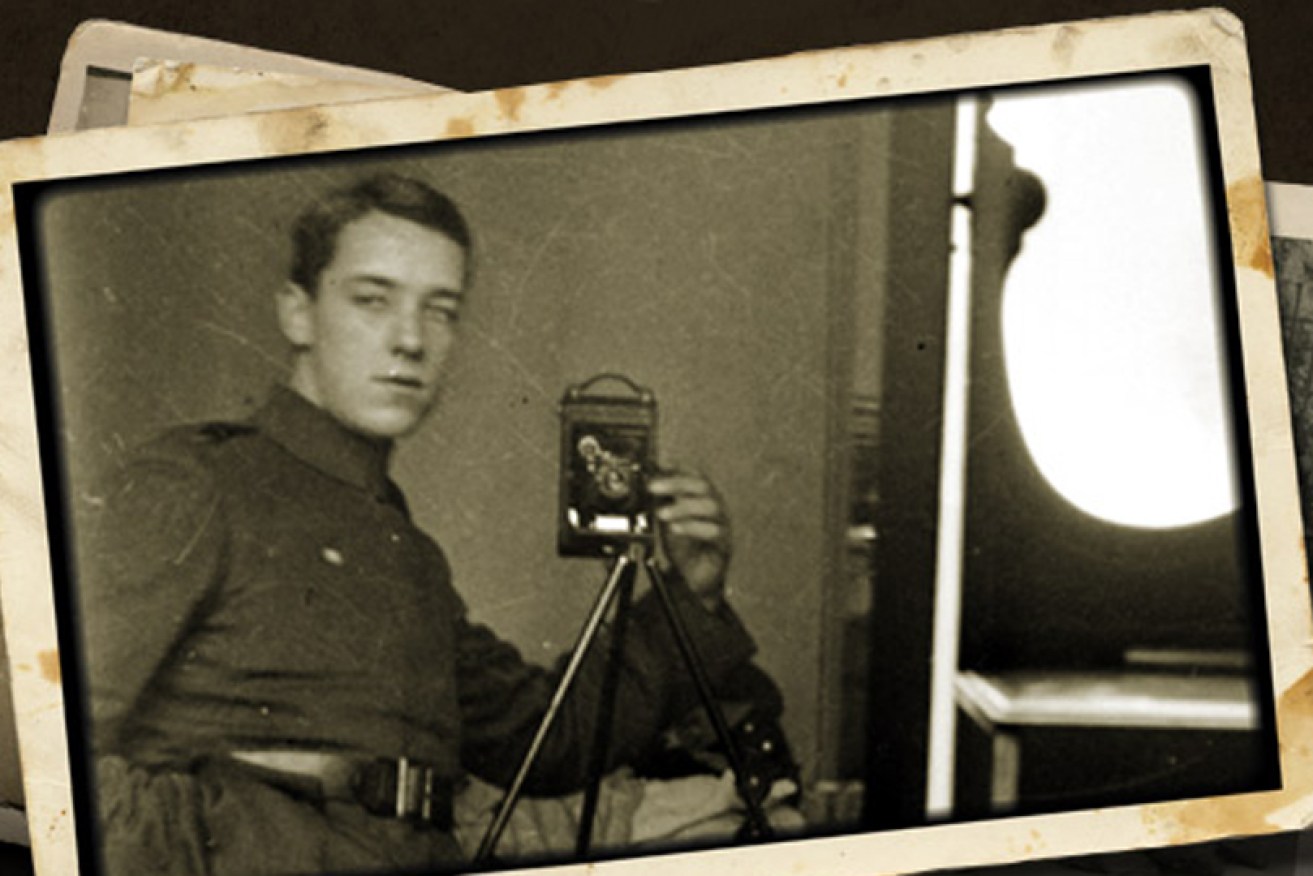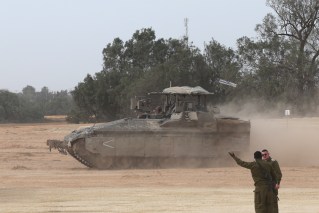Remembrance Day: The Australians killed just before armistice


Captain ‘Rich’ Baker is thought to have taken one of the earliest selfies. Photo: Australian War Memorial
A hundred years ago, just a week out from the armistice ceasefire that would end World War I, the last Australians were killed in combat. It was incredible bad luck, as virtually all Australian troops had been sent to rest after half a year of fighting.
Six men died on November 4, 1918: three tunnellers, three pilots.
One of them was the intriguing Captain ‘Rich’ Baker, a highly decorated flying ace who, among his achievements, is thought to have taken one of the first selfies. The picture reveals something of the “forceful” personality described in his entry to the Australian Dictionary of Biography.
Apparently taken in early 1918, when he was waiting to begin flying school, the selfie shows Baker steadying his camera on a tripod, while he stares into the mirror with dangerous-looking eyes.

Captain Baker in the cockpit of a Sopwith Camel. Photo: Australian War Memorial
Baker, one of the genuinely fearless characters of the war, had spent two years in the trenches with the artillery, and been twice awarded the Military Medal for bravery. But he wanted to fly.
From the letters home to his mother, we learn Baker took to dogfights with unabashed glee – and had no fear of flying close to his quarry.
In a letter dated August 11, 1918, he wrote: “A pal of mine shot his down in flames and as the other tried to turn and get away I poked my nose straight at him and let fly from about 40 feet and shot his left bottom plane [wing] off. He then folded up and crashed in pieces … So long, I hope to add a few more Huns to my score soon.”

Baker – then with the title ‘Gunner’ – about to depart from Mittcham, SA in 1915 bound for further army training in Victoria. Photo: Australian War Memorial
When Baker – whose full name was Thomas Charles Richmond Baker – was posthumously promoted to captain and awarded the Distinguished Flying Cross on May 23, 1919, the citation described how he had “carried out some 40 low flying raids on hostile troops, aerodromes, etc and has taken part in numerous offensive patrols … He has, in addition, destroyed eight hostile machines. In all these operations he has shown exceptional initiative and dash, never hesitating to lead his formation against overwhelming odds, nor shrinking from incurring personal danger”.
According to the Australian War Memorial, on November 4, 1918, Baker led a formation of Sopwith Snipes as part of an escort for a bombing operation against a German aerodrome near Ath in Belgium.

Gunners Baker (right) and Harrington of the 16th Battery, Field Artillery, AIF, relaxing in a dugout in Nieuport, Belgium in 1916. Photo: Australian War Memorial
The bombing was a success, but on the return journey, the group was intercepted by a large number of enemy aircraft. In the ensuing dogfight, four German aircraft were shot down, but five of the Snipes were also lost, including Baker’s.
Also killed in this stoush were two other Australian pilots, Lieutenant Arthur John Palliser, a 28-year-old motor mechanic from Launceston, and Lieutenant Parker Whitley Symons, a 25-year-old farmer from South Australia.
Rich Baker, the daredevil, was a bank clerk from Adelaide where there is now a stained-glass window in his honour. He was 21 when he died. He was buried in the communal cemetery, Escanaffles, Belgium.
A bridge too far
The other three men to die on November 4 were much older than the pilots. Sapper Arthur Robert Dudley Johnson, a farmer from Tambellup, West Australia, was 40. He was married and father to three grown children.
Sapper Charles Barrett was 44, an unmarried labourer from South Australia, with a sister apparently his only family.
Corporal Albert Davey, 32, a miner from Ballarat, Victoria, was married with a child.
The three men were members of the 1st Tunnelling Company, famous for tunnelling under enemy positions, planting mines and blowing them sky high. The website tunnellers.net quotes war photographer Frank Hurley’s description of the tunneller’s misery as one leavened with a dark sense of humour:
“It is a wretched job as they are working 25 feet below the surface and most of the time knee deep in mud, which they jocularly term ‘hero juice’ on account of it percolating through the tiers and tiers of buried corpses.’’

Arthur Johnson and son Robert, with (L to R) daughter Jessie, wife Lily, and daughter Adelaide. Photo: Tunnellers.net
By late 1918, the Western Front was highly mobile and the tunnellers were now required to perform more regular engineering work.
On 3 November, a section of the company was moving forward to build a tank bridge in support of a British attack on the Sambre–Oise Canal. That morning, Corporal Albert Davey went to his commanding officer, Captain Oliver Holmes Woodward, and said he was convinced he was about to die.
Woodward later recorded the incident: “I had often heard cases cited of men having a premonition of impending disaster and will tell you of a case which actually came to my notice. Just prior to leaving our bivouac Camp on Sunday morning … Corporal Davies, one of my best NCO’s came to me and asked whether I would take care of his personal belongings and post them to his wife should anything happen to him.

Captain Woodward, commander of 1st Australian Tunnelling Company, had a premonition of his death. Photo: Tunnellers.net
“I was feeling rather despondent myself and Corporal Davies’ outlook on the future did not help to cheer me up. I spoke firmly to him, told him not to be foolish … He replied, ‘Captain, nothing you can say will remove the conviction that I will be killed. Will you please do me the favour I ask?’
“Merely to ease his mind I consented and took charge of his personal effects. Before daylight broke next morning, Corporal Davies had made the supreme sacrifice, and had gone west. He was killed by a shell while we were lying out waiting for Zero. This incident left me somewhat dazed and greatly impressed …
“He knew his call was coming. Why should this have been? I cannot even hazard a suggestion, but these are the facts.”
Also killed that morning were Charles Barrett and Arthur Johnson – and, by chance, the famous war poet Wilfred Owen.
The three Australians were buried in adjacent graves at Le Rejet-de-Beaulieu Communal Cemetery, France.







